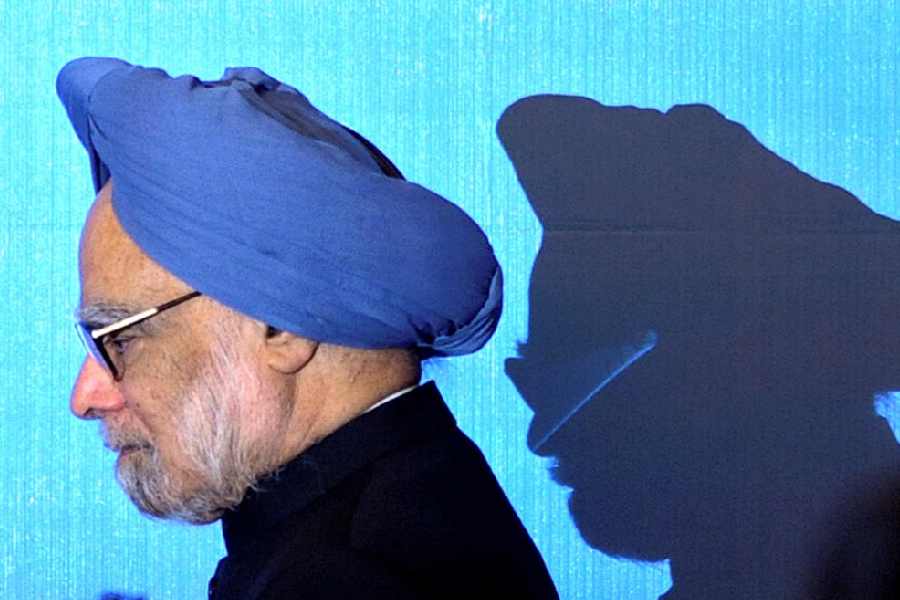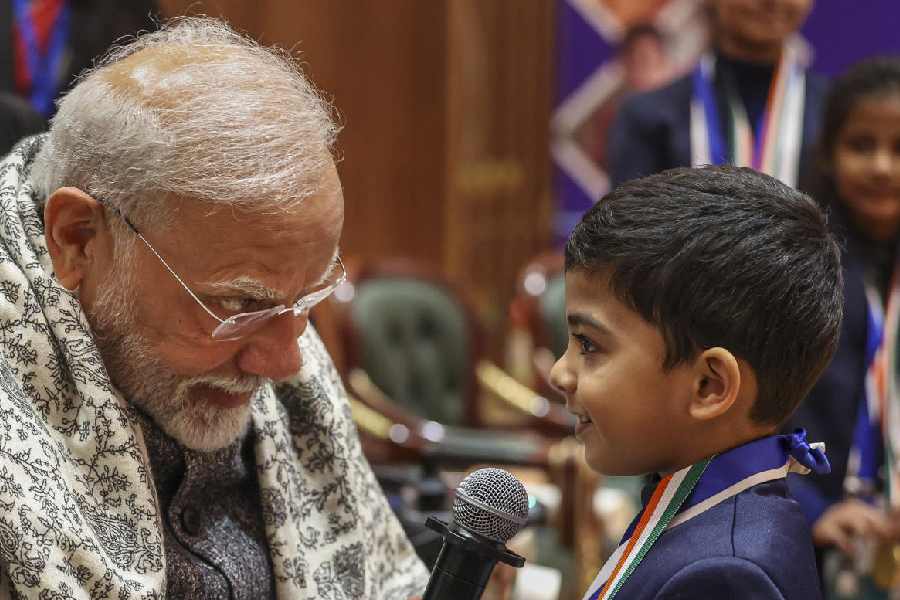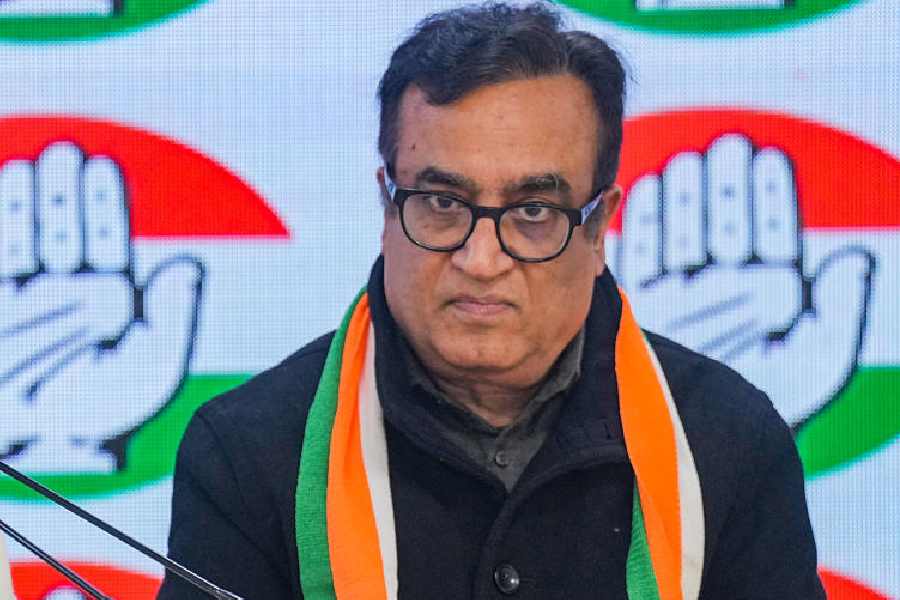The first nationwide study of the economic burden of suicide has suggested that suicides in India had cost the country Rs 1,40,000 crore in 2019, an amount higher than the Union government’s current annual health budget. The motivation behind this study was not to suggest that economic losses should be identified as the principal incentive for preventing suicides, but to highlight that the impact of suicides is not necessarily limited to the family of the deceased. This finding, the researchers hope, will lead to adequate policy attention and resource allocation to prevent such deaths. The study establishes an important connection in this context: suicide prevention cannot be the purview of the health ministry alone — other ministries, such as finance, rural development, women’s welfare, youth development and agriculture, need to be made active stakeholders in the process. The conventional framework for suicide prevention in India focuses on individual risk factors such as family history, poor mental health or drug and alcohol use. This is the view taken by India’s National Suicide Prevention Strategy, which was unveiled in November 2022. What such an approach fails to account for, as a paper in The Lancet Public Health pointed out earlier this month, is the role played by social risk factors — like domestic abuse, the stigma of faring poorly in academics, loneliness and so on — as well as macroeconomic causes — debt, rising cost of living, unemployment, among other stressors — in exacerbating tendencies of self-harm. The discourse on suicide ought not to identify single, causal agents; instead, it needs to look at the intersections among several phenomena to understand the reasons that often compel people to take such a drastic step.
There is another impediment. The trauma, grief and stigma that surround suicide also serve to foster a culture of silence. The key to suicide prevention must thus also encourage conversations around suicide, its triggers and its indicators. ‘Gatekeeper training’ — teaching people to recognise the warning signs of suicide — among vulnerable constituencies, such as students, farmers and women, can help develop a critical pool of societal resources to identify those at risk and build a safety net of support. Research on suicides has shown that sensitive reporting by the media can play a key role in saving lives and preventing copycat suicides. A proactive State and an empathetic society can go a long way towards reducing India’s social and economic burden of suicides.











